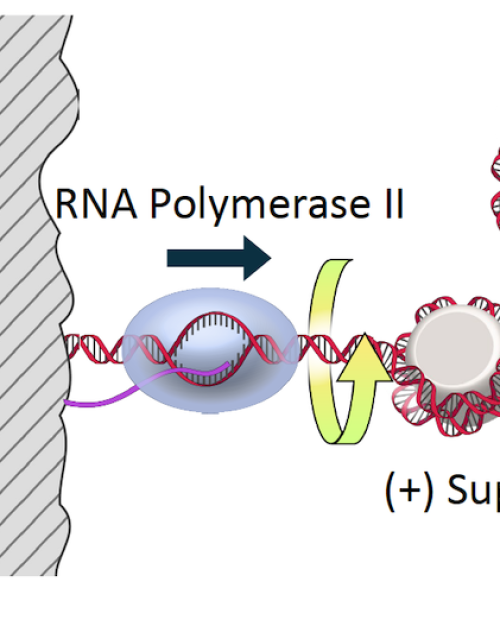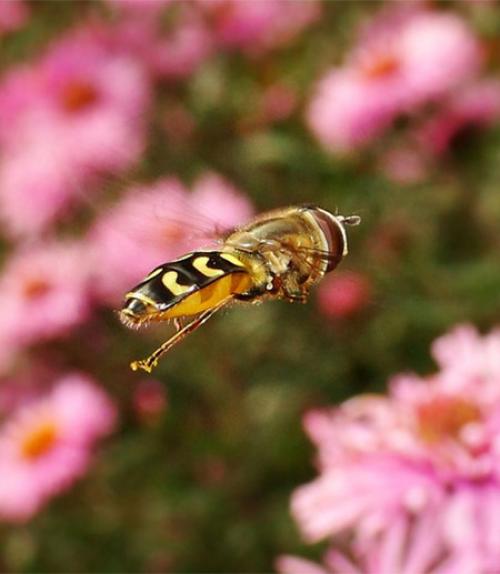Approximately 350 million years ago, long before birds took to the skies, insects solved the riddle of flight. Some of those early insect aviators, like the four-winged dragonfly, are still with us today, virtually unchanged. Others, like the fly, have evolved into a two-winged marvel of aerodynamic maneuverability. The flight capabilities of insects are nature’s solution to locomotion in air, according to Z. Jane Wang, Physics, and there are general principles of locomotion and evolution we can learn from them.
Wang was drawn into studying insect flight as a postdoctorate when she became intrigued by the puzzle of the bumble bee. “The bumble bee myth says conventional aerodynamics don’t explain how it can fly,” Wang says. “Obviously that can’t be right, and I felt it would be good to get to the bottom of this, so I did.” Wang worked out the mathematical calculations of the governing equation for the aerodynamic force upon the insect’s wings. After that she was hooked. “Insect flight is beautiful,” she says. “It’s also mysterious.”
To continue reading, visit the Cornell Research website.




